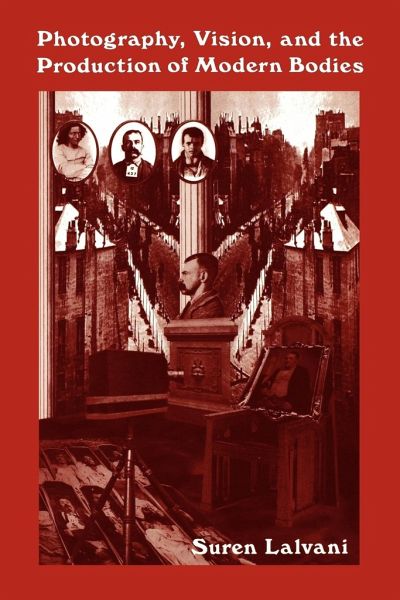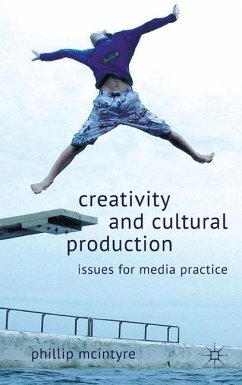
Suren Lalvani
Broschiertes Buch
Photography, Vision, and the Production of Modern Bodies
Versandkostenfrei!
Versandfertig in 1-2 Wochen

PAYBACK Punkte
19 °P sammeln!




Examines photography and its contribution to changing notions of the body in modernity.
Suren Lalvani is Assistant Professor of Humanities and Communications at Pennsylvania State University-Harrisburg.
Produktbeschreibung
- Verlag: SUNY Press
- Seitenzahl: 280
- Erscheinungstermin: 30. November 1995
- Englisch
- Abmessung: 229mm x 152mm x 17mm
- Gewicht: 459g
- ISBN-13: 9780791427187
- ISBN-10: 0791427188
- Artikelnr.: 21466674
Herstellerkennzeichnung
Libri GmbH
Europaallee 1
36244 Bad Hersfeld
gpsr@libri.de
Für dieses Produkt wurde noch keine Bewertung abgegeben. Wir würden uns sehr freuen, wenn du die erste Bewertung schreibst!
Eine Bewertung schreiben
Eine Bewertung schreiben
Andere Kunden interessierten sich für













